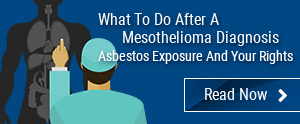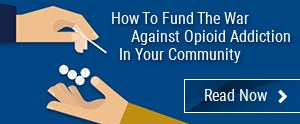From the early 1940s to the 1970s, it seemed as if everything contained asbestos. Homes were insulated with asbestos, decorated with wallpaper that had asbestos and furnished, roofed and tiled with asbestos-based products. Many companies put asbestos in clothing, cigarette filters and cleaning products. Asbestos was even once popularly used as fake snow – and it was all the rage, at least for a very short time.
Asbestos is a naturally forming mineral, which many people equated to “safe.” This mineral conveniently resists heat remarkably, which is why it was so popularly used in manufactured goods. Most people believed that they were safer because their homes and common goods had asbestos as a fire retardant.
Today, however, it’s commonly recognized that asbestos isn’t healthy to find in common goods and homes. But, what suddenly caused the change?
Asbestos-related diseases became recognized
When products containing asbestos are damaged, the asbestos can break down into tiny micro-fibers. These fibers can then tear lung tissue and cause scarring over time. As a result, people may develop shortness of breath, chest pains and, in many cases, lung cancer, or mesothelioma.
Asbestos doesn’t immediately cause health issues, however. It can take years before people notice signs of trouble. On average, it can take twenty to thirty years before someone notices they’re suffering from an asbestos-related disease. People who had very little asbestos exposure may not even notice health concerns. Workers who are constantly exposed to asbestos may not be so lucky. A bad cough or tightness in their chests can lead to a devastating diagnosis.
If you believe you’re a victim of asbestos exposure, then you may need to understand your legal rights.


